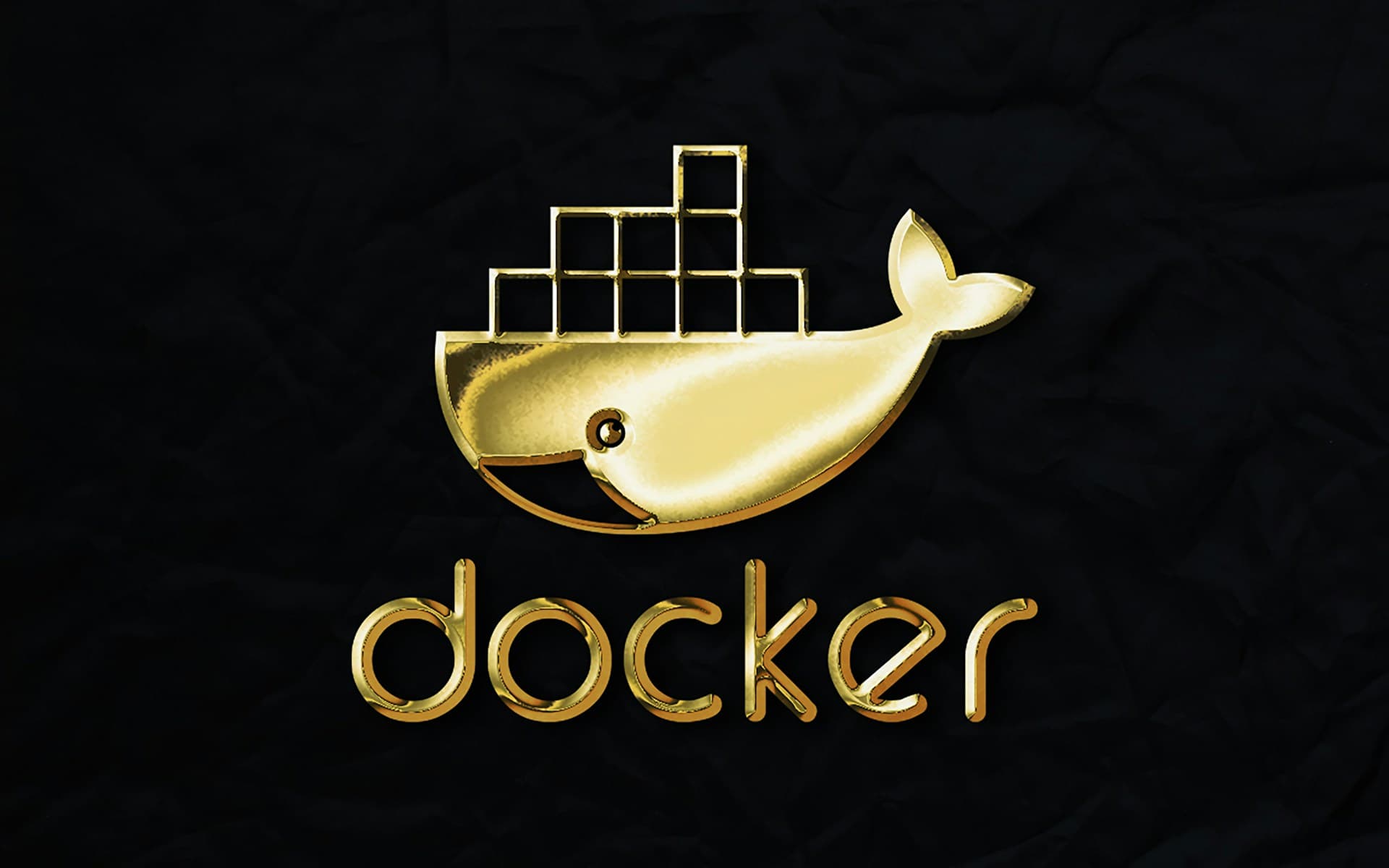
Kubernetes has become the industry standard for container orchestration. This guide will help you understand the basics and get started with your first cluster.
Kubernetes (K8s) has revolutionized the way organizations deploy, scale, and manage containerized applications. As a cloud-native, open-source platform designed by Google, Kubernetes addresses many of the challenges organizations face when transitioning from traditional deployment methods to containerized microservices architectures.
What is Kubernetes and Why It Matters
In today's cloud-native landscape, containers have emerged as the preferred method for packaging applications and their dependencies. However, as container deployments scale, managing them manually becomes increasingly complex. This is where Kubernetes excels.
Kubernetes provides a robust framework for running distributed systems by automating:
- Container deployment and scheduling across clusters
- Self-healing capabilities with automatic restarts and replacements
- Horizontal scaling based on CPU utilization or custom metrics
- Service discovery and load balancing without modifying applications
- Automated rollouts and rollbacks for seamless updates
Understanding Core Kubernetes Architecture
Before diving into implementation, it's crucial to understand Kubernetes' architecture. A K8s cluster consists of two primary components:
Control Plane (Master Node)
The control plane manages the worker nodes and the Pods in the cluster. Its components include:
- API Server: The frontend interface that handles all communication within the cluster
- etcd: A consistent, highly-available key-value store for all cluster data
- Scheduler: Assigns newly created Pods to nodes based on resource availability
- Controller Manager: Manages various controllers that regulate the state of the cluster
- Cloud Controller Manager: Interfaces with the underlying cloud provider (in cloud deployments)
Worker Nodes
Worker nodes host the containerized applications in Pods. Each node contains:
- Kubelet: Ensures containers are running in a Pod
- Kube-proxy: Maintains network rules and enables communication
- Container Runtime: Software responsible for running containers (Docker, containerd, CRI-O)
Key Kubernetes Objects and Resources
Kubernetes uses a declarative approach where you describe the desired state of your applications. The key resources to understand include:
Pods
The smallest deployable units in Kubernetes that represent a single instance of a running process. A Pod can contain one or more tightly coupled containers that share network and storage resources.
Services
An abstraction that defines a logical set of Pods and a policy to access them. Services enable loose coupling between dependent Pods and provide stable network endpoints through:
- ClusterIP: Internal-only service, accessible within the cluster
- NodePort: Exposes the service on each node's IP at a static port
- LoadBalancer: Exposes the service externally using a cloud provider's load balancer
- ExternalName: Maps a service to a DNS name
Deployments
Deployments provide declarative updates for Pods and ReplicaSets. They manage the creation and scaling of Pod instances and enable seamless application updates and rollbacks.
ConfigMaps and Secrets
These resources decouple configuration from container images:
- ConfigMaps: Store non-confidential configuration data as key-value pairs
- Secrets: Store sensitive information such as passwords, OAuth tokens, and SSH keys
Setting Up Your First Kubernetes Cluster
For development and learning purposes, Minikube offers the simplest path to running a single-node Kubernetes cluster locally. Here's how to get started:
Installing Minikube
# For macOS (using Homebrew)
brew install minikube
# For Linux
curl -LO https://storage.googleapis.com/minikube/releases/latest/minikube-linux-amd64
sudo install minikube-linux-amd64 /usr/local/bin/minikube
# For Windows (using Chocolatey)
choco install minikube
Starting Your Cluster
# Start a Kubernetes cluster
minikube start --driver=docker
# Verify the status
minikube status
# Access the Kubernetes dashboard
minikube dashboard
Installing kubectl
kubectl is the command-line tool for interacting with your Kubernetes cluster:
# For macOS
brew install kubectl
# For Linux
curl -LO "https://dl.k8s.io/release/$(curl -L -s https://dl.k8s.io/release/stable.txt)/bin/linux/amd64/kubectl"
sudo install -o root -g root -m 0755 kubectl /usr/local/bin/kubectl
# For Windows
choco install kubernetes-cli
Deploying Your First Application
Let's deploy a simple application to understand the fundamentals of Kubernetes deployments:
Creating a Deployment
# Create a deployment
kubectl create deployment hello-kubernetes --image=k8s.gcr.io/echoserver:1.4
# View the deployment
kubectl get deployments
# See the pods created by the deployment
kubectl get pods
Exposing Your Application
# Create a service to expose your application
kubectl expose deployment hello-kubernetes --type=LoadBalancer --port=8080
# View the service
kubectl get services
# For Minikube, access the service
minikube service hello-kubernetes
Scaling Your Application
# Scale to 3 replicas
kubectl scale deployment hello-kubernetes --replicas=3
# Verify the replicas
kubectl get pods
Kubernetes Manifest Files
While imperative commands are useful for quick tasks, declarative YAML manifests are the recommended approach for production environments. Here's a simple deployment manifest:
apiVersion: apps/v1
kind: Deployment
metadata:
name: nginx-deployment
labels:
app: nginx
spec:
replicas: 3
selector:
matchLabels:
app: nginx
template:
metadata:
labels:
app: nginx
spec:
containers:
- name: nginx
image: nginx:1.21
ports:
- containerPort: 80
resources:
limits:
cpu: "0.5"
memory: "512Mi"
requests:
cpu: "0.2"
memory: "256Mi"
Apply this manifest with:
kubectl apply -f deployment.yamlBest Practices for Kubernetes Deployments
Based on years of production experience, here are some key best practices:
Resource Management
Always specify resource requests and limits for containers to ensure efficient cluster utilization and prevent resource starvation:
- Set CPU and memory requests based on application needs
- Configure appropriate limits to prevent container from consuming excessive resources
- Implement horizontal pod autoscaling for dynamic workloads
High Availability
Design for resilience and availability:
- Use multiple replicas for critical services
- Implement readiness and liveness probes for health checks
- Use Pod Disruption Budgets (PDBs) to ensure availability during maintenance
Security
Security should be a priority from the beginning:
- Use Role-Based Access Control (RBAC) to limit permissions
- Implement Network Policies to control pod-to-pod communication
- Use pod security contexts and container security contexts
- Regularly scan container images for vulnerabilities
Next Steps in Your Kubernetes Journey
As you become more comfortable with Kubernetes, explore these advanced topics:
- Helm: The Kubernetes package manager for simplified application deployment
- StatefulSets: For managing stateful applications like databases
- GitOps: Implementing declarative, Git-based continuous delivery for Kubernetes
- Service Mesh: Advanced networking capabilities with Istio or Linkerd
- Operators: Extending Kubernetes functionality for complex applications
Kubernetes has transformed how we deploy and manage applications in the cloud era. While it has a steep learning curve, the investment in understanding its architecture and patterns pays enormous dividends in operational efficiency, scalability, and reliability. Start small, focus on fundamentals, and gradually build your expertise as you tackle more complex use cases.
Related Articles

Kubernetes vs Docker Swarm: Which Container Orchestration Tool is Right for You?
Explore the key differences between Kubernetes and Docker Swarm to make an informed decision for your container orchestration needs. This comprehensive guide covers architecture, features, scalability, and use cases to help you choose the right tool for your organization.

Enterprise-Grade Docker: Production Hardening and Optimization Techniques
Master production-ready containerization with battle-tested Docker best practices. Learn advanced security hardening, performance optimization, resource governance, and orchestration strategies derived from real-world enterprise deployments.

Service Mesh Architecture: The Critical Infrastructure Layer for Modern Microservices
Service mesh provides a dedicated infrastructure layer for managing service-to-service communication within microservices architectures. Learn how it enhances observability, security, and reliability in complex distributed systems.